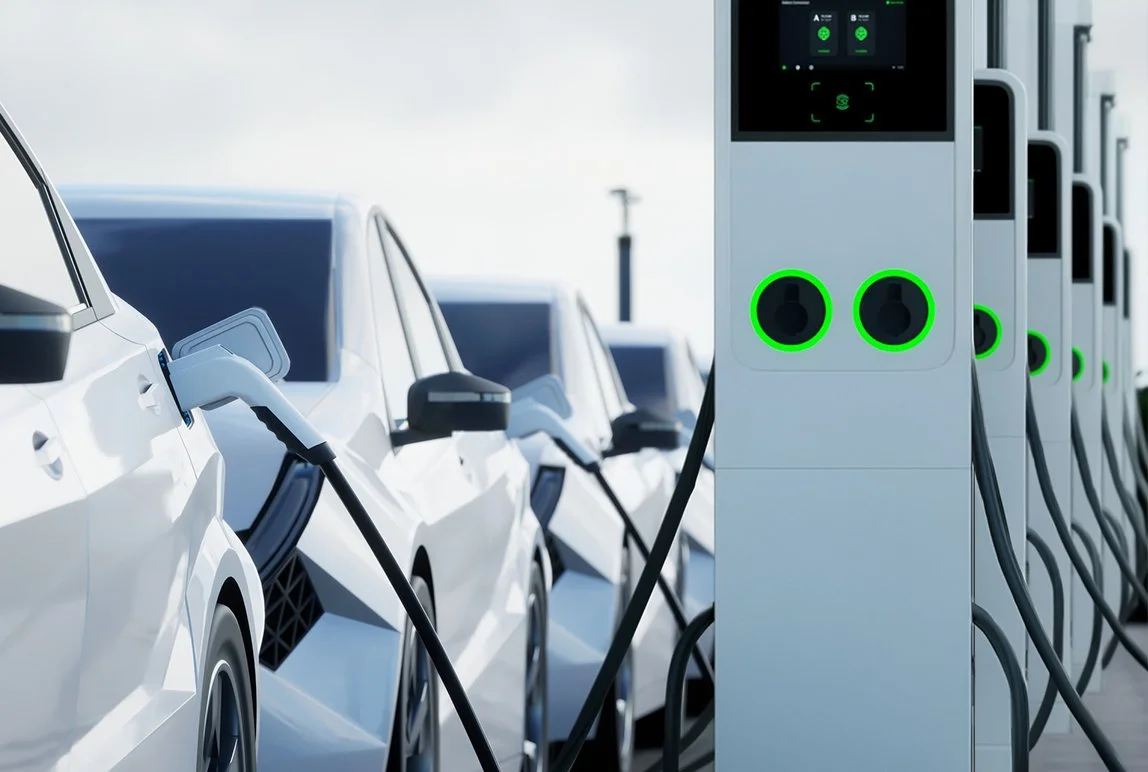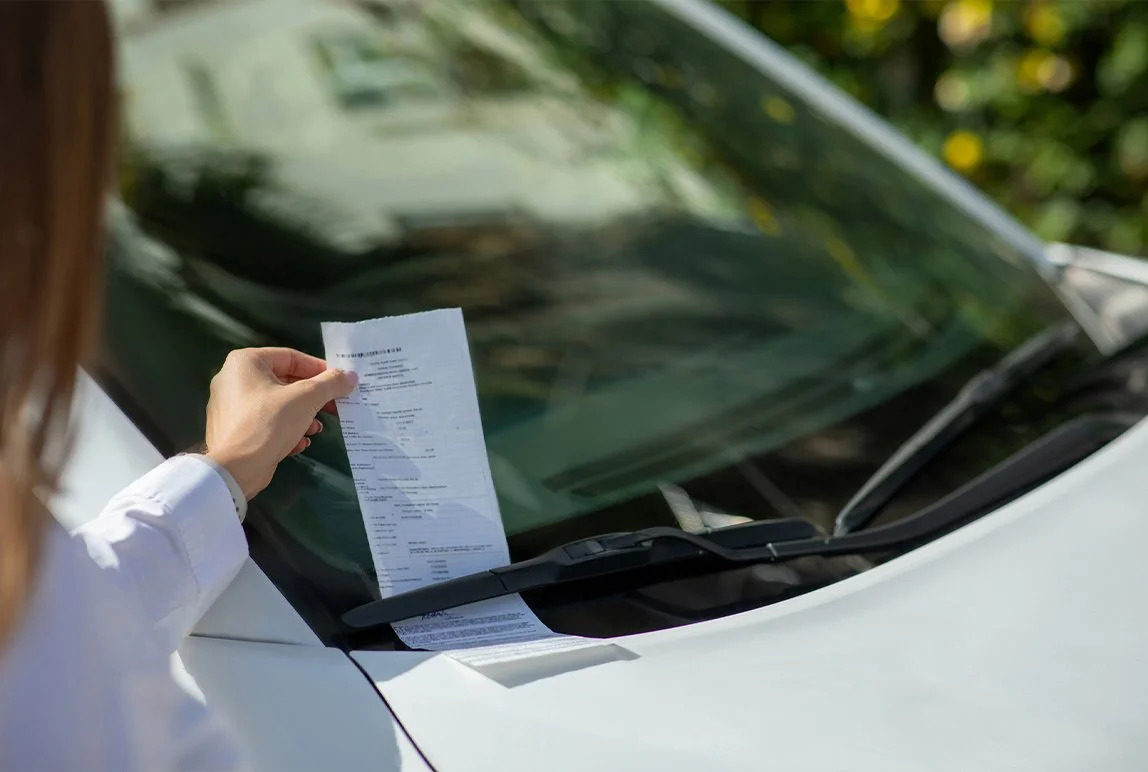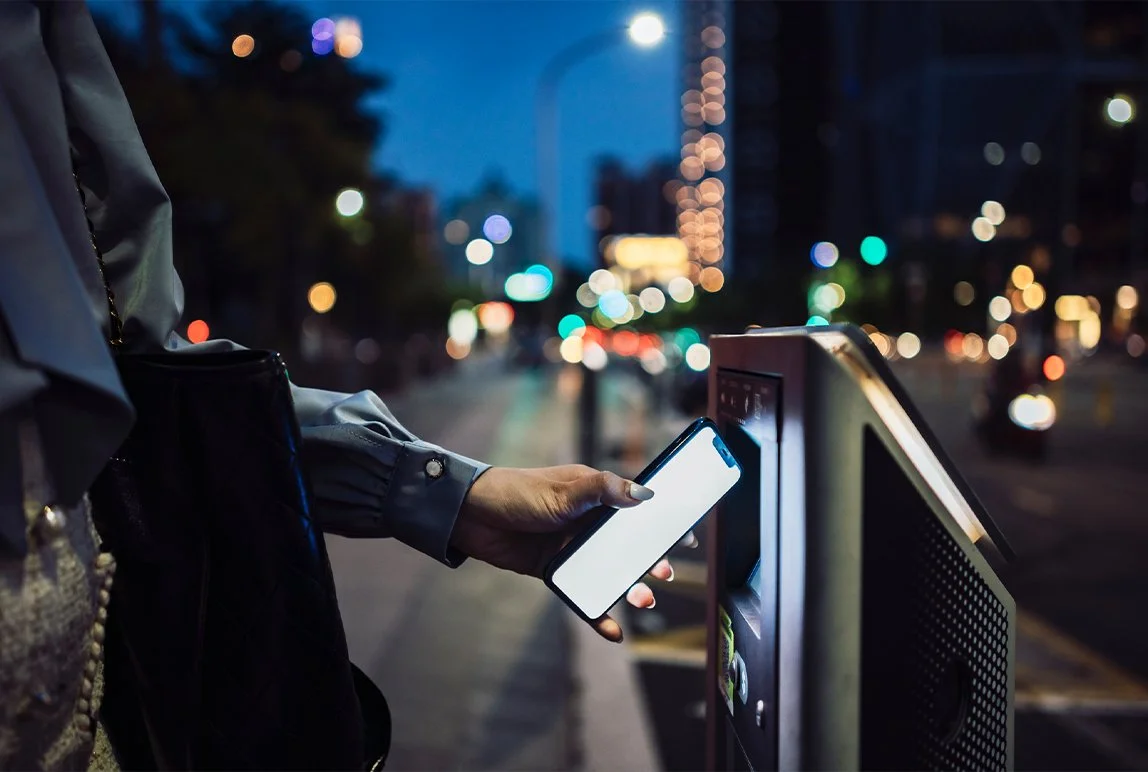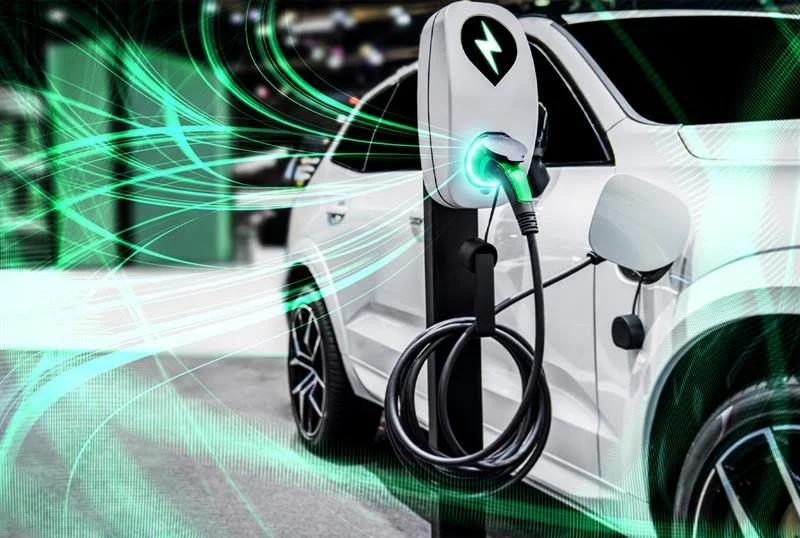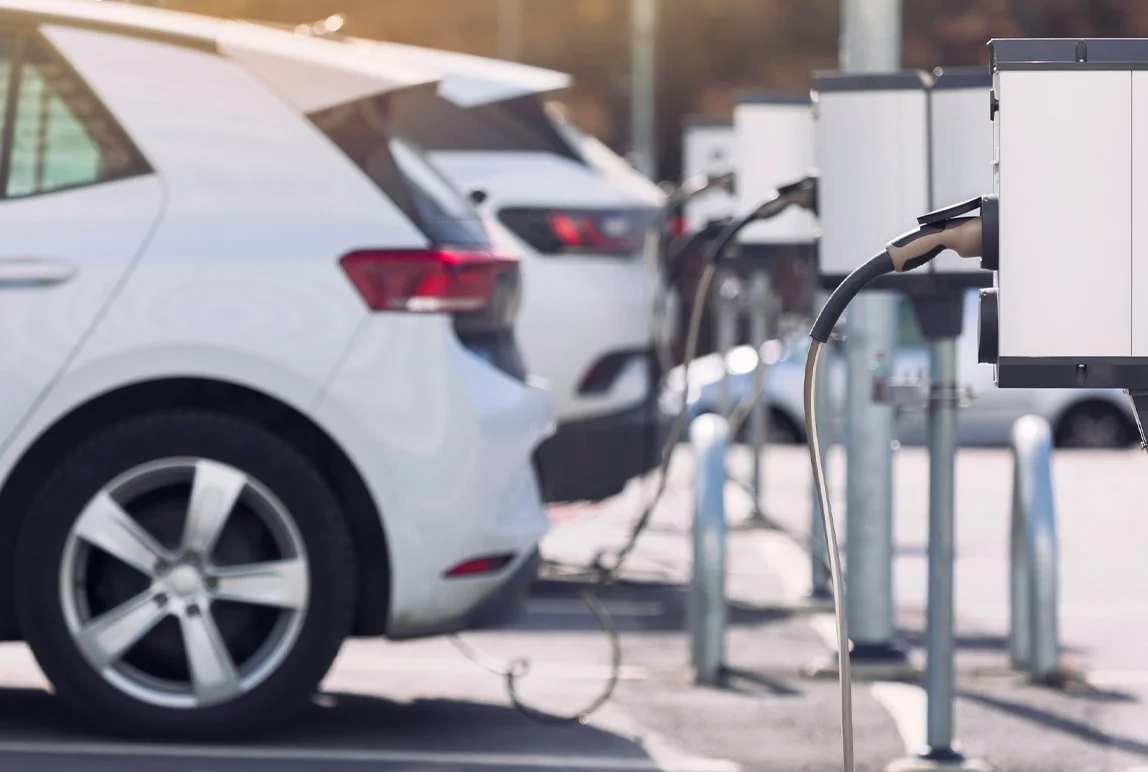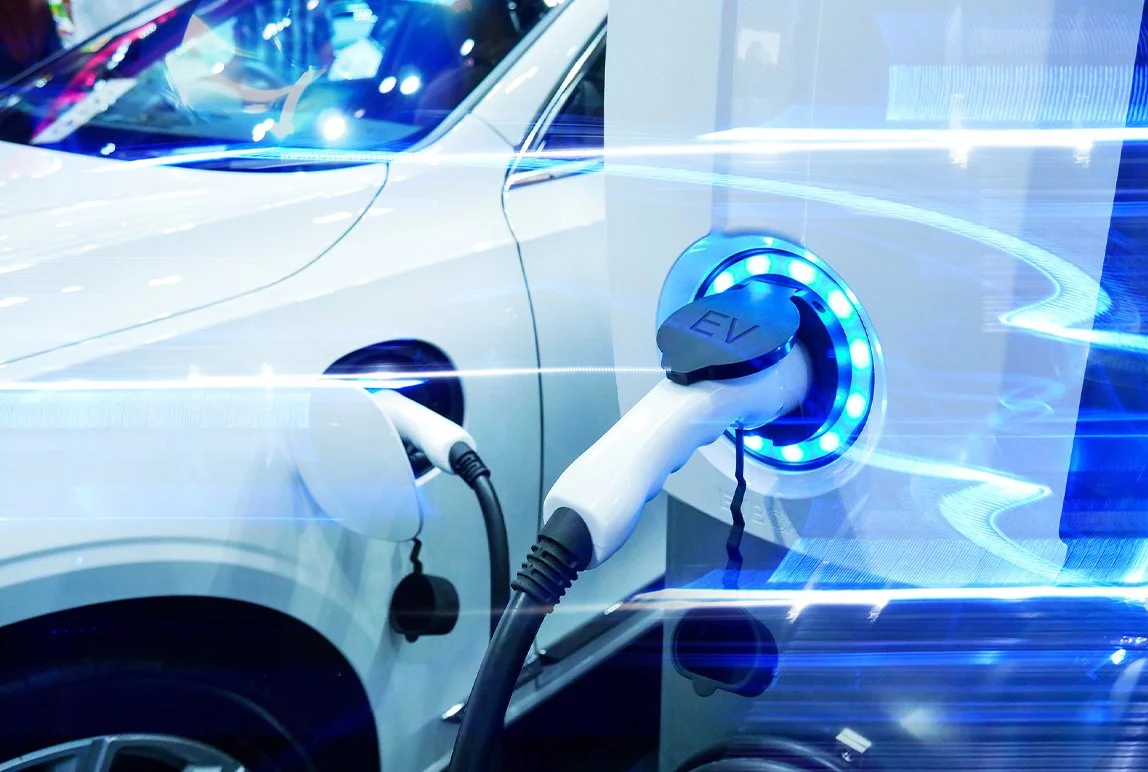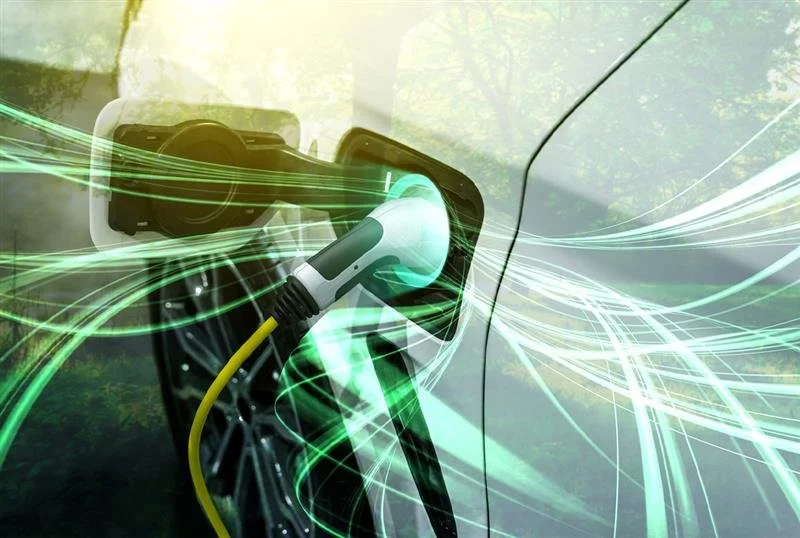A Comprehensive Guide to Finding the Perfect Smart EV Charging Solution for Your Business
Posted: Jul, 18, 2023 9:12AM ET • 2 min read
The rapid growth of the electric vehicle (EV) market is leading the new era of more sustainable and environmentally friendly transportation. As the demand for EVs continues to rise, it is essential to understand the various smart charging solutions available to optimize the charging process.
This comprehensive guide will explore the three leading EV charging solutions with varying power support levels, speed, and additional value-added features suitable for your business.
Level 1 Charging: Meeting Basic Requirements
Level 1 charging is the simplest and most accessible option, allowing EV owners to charge their vehicles using a standard 120-volt electrical outlet. This charging level is suitable for overnight charging at home or during work hours at the office. Although level 1 charging is the slowest method, typically providing 3-5 miles of range per hour, it is often sufficient for daily commuting needs. However, as EVs become more powerful, level 1 charging is now considered the minimum requirement for businesses, and a level 2 charging solution is recommended for more efficient charging periods.
Level 2 Charging: Accelerating Charging Times
Level 2 charging is a significant step up from level 1, offering faster charging times and higher power levels. This option requires a dedicated 240-volt electrical circuit commonly found in residential settings, commercial parking lots, and public charging stations such as shopping centers. Level 2 chargers can provide up to 25 miles of range per hour, significantly reducing charging times compared to level 1. As of June 28, 2023, Canada has 8,168 level 2 charging station locations, accounting for 84% of the total station locations serving in the country. Overall this charging level is highly preferred by businesses in all sectors.
Level 3 Charging: Rapid Charging On-the-Go
Level 3 charging, also known as DC fast charging, is designed for quickly topping off vehicle batteries on the road. These high-powered chargers are widely seen along highways, gas stations, convenience stores, and short-term parking lots. They can deliver a substantial amount of energy to an EV battery quickly. Level 3 charging utilizes direct current to charge the vehicle's battery directly, bypassing the need for the onboard charger. This allows for faster charging speeds, providing up to 150 miles of range in 30 minutes. With level 3 charging, businesses can minimize wait times and enhance the overall charging experience for EV owners, making it another preferred option for companies with a higher budget for EV solutions.
Features to Upgrade Your EV Charging Solution
In addition to considering the capacity of charging levels, business owners should consider a cloud-based EV charging solution for real-time management and valuable customer data collection. This can include total kilowatt-hours, customer wait time, and station occupancy rate. With customizable pricing features, business owners can maximize revenue by implementing higher peak-time charging rates and enhancing charging efficiency. Technology that is Open Charge Point Protocol (OCPP) compliant allows for a seamless connection and communication with various charging stations, enabling widespread adoption and efficient charging management. It promotes a competitive market for charging solutions, fostering innovation, and driving the growth of EV charging. A true turnkey EV charging service can benefit any business owner, providing support from infrastructure design and system installation to ongoing authorized support.
With the transition to smart electric vehicles, businesses must understand the different charging solutions available to cater to the increasing demand for EV charging. By embracing smart electric vehicle charging solutions, businesses can contribute to a sustainable future while meeting the evolving needs of their customers.
References
Electric charging and alternative fuelling stations locator. Natural Resources Canada. (2022, June 13). https://natural-resources.canada.ca/energy-efficiency/transportation-alternative-fuels/electric-charging-alternative-fuelling-stationslocator-map/20487#/analyze?country=CA&fuel=ELEC&ev_levels=dc_fast&access=public&access=private
Wiesenfelder, J. (2021, July 26). What is level 1, 2, 3 charging?. Cars.com. https://www.cars.com/articles/what-is-level-1-2-3-charging-437766/
Share Article:
Featured Articles
ABOUT THE AUTHOR
Emmanuel Lereno
Chief Digital Transformation Officer
As Precise ParkLink’s Chief Digital Transformation Officer, Emmanuel plays a key part in strengthening the company’s industry-leading technology innovation and business intelligence expertise to help our customers drive their digital transformation strategies.
Lereno brings more than 20 years of experience in parking and mobility industry to Precise ParkLink. Joining Schlumberger Systems in 2002, Lereno worked on data-driven oil detection systems after completing a Ph.D. in Business Intelligence. He then joined Parkeon where he served as a business analyst in several European countries and coordinated the delivery of complex parking infrastructure projects.
In 2011, Lereno started to focus exclusively on the North American market as part of the company's strategy to develop its digital solutions portfolio investments and expand its business in the US and Canada. Lereno then assumed the role of Senior Vice President of Digital Services for Flowbird US, where he focused on the expansion of Flowbird smart city solutions for the USA and Canadian markets.
Questions?
Fill out the form below and we will do our best to connect you with a suitable contact.


